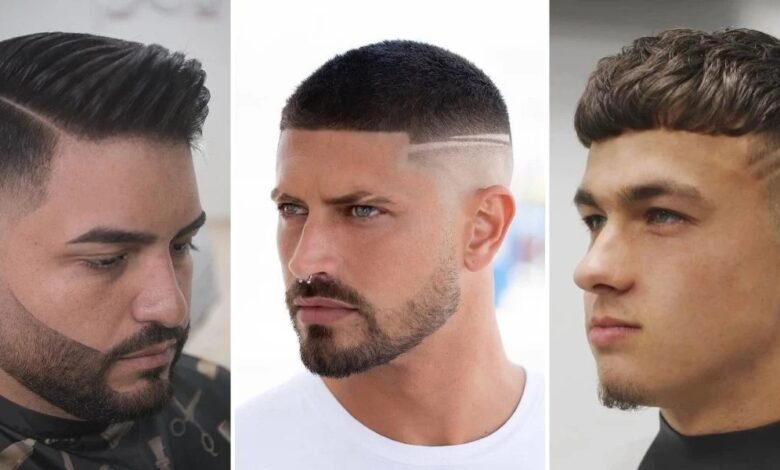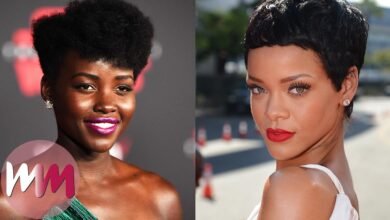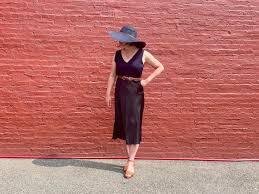The Timeless Appeal of the Classic Cut: Tailoring, Style & Care

Introduction
The term classic cut evokes images of enduring silhouettes, precision tailoring, and garments that outlast seasonal fads. Whether applied to a blazer, dress, trousers, or haircut, a classic cut prioritizes proportion, balance, and clean lines qualities that make pieces versatile and investment-worthy. This article explains what a classic cut is, why it remains relevant, how it adapts across genders and body types, and practical guidance for choosing, altering, and caring for classic-cut garments. The aim is to help readers recognize quality construction, understand fit priorities, and make informed purchases or tailoring decisions. Drawing on established tailoring principles and widely accepted style standards, this guide is written to be useful for shoppers, wardrobe curators, and anyone who values longevity and elegance in clothing.
What defines a classic cut?
A classic cut is defined by timeless proportions, minimal ornamentation, and a focus on structure rather than trendy exaggeration. In garments, this translates to silhouettes that follow natural body lines think not overly tapered nor excessively boxy, with shoulders and waistlines placed to flatter without constricting. Classic cuts often use enduring pattern shapes: straight-leg or gently tapered trousers, single-breasted blazers with moderate shoulder padding, and dresses with defined but comfortable waistlines. Fabrics chosen for classic pieces tend to emphasize drape and recovery wool, high-quality cottons, linen blends, and stable synthetic blends so the garment retains its shape over time. The construction details reinforced seams, quality lining, and clean finishing are also essential. For consumers, recognizing a classic cut means looking for balance: the piece should feel proportionate, versatile, and appropriate for multiple settings, from business to smart-casual.
How classic cuts flatter different body types
One of the strengths of a classic cut is its adaptability: while variations exist, the principles of proportion and balance can be adjusted to flatter differing body types. For rectangular or athletic shapes, a classic cut that introduces gentle tailoring at the waist creates the illusion of curves without artificial padding. Pear-shaped bodies benefit from classic cuts that balance the lower and upper halves structured shoulders or statement collars paired with A-line skirts or straight trousers can create harmony. For apple or rounder midsections, classic cuts that offer a slight A-line or empire silhouette help skim rather than cling. Taller individuals can wear longer proportions and single-breasted jackets with fewer buttons to maintain vertical lines, while shorter individuals often find that a slightly cropped blazer or higher waistline elongates the leg visually. The core idea: a classic cut should be adjusted by tailoring to respect proportions, ensuring that lines and seams align with the wearer’s natural frame for flattering results.
What to look for when shopping
When shopping for classic-cut garments, prioritize fit and construction over brand hype or logos. Start with the shoulder line on jackets and blazers the seam should sit at or just above the natural shoulder; anything dropping beyond that signals a poor fit. For trousers, examine waist comfort and where the fabric breaks over the shoe; a slight break is modern and versatile. Check interior finishing: bound seams, a partially canvassed chest in blazers, and stable linings indicate better longevity. Fabric weight matters mid-weight fabrics hang well and resist distortion, while very lightweight fabrics may lose structure too quickly. Don’t forget functional details: quality zippers, sturdy buttons, and reinforced buttonholes. Finally, consider versatility neutral tones, classic patterns (navy, charcoal, herringbone, pinstripe), and simple collars/necklines increase wear scenarios. If in doubt, invest slightly more in a single high-quality classic piece rather than several low-cost trendy items; classic cuts reward long-term wear and repeated use.
Tailoring and maintenance
Tailoring is where classic-cut pieces transform from “good” to “exceptional.” Small alterations adjusting sleeve length, taking in the waist, or hemming trousers to the proper break drastically improve proportion and comfort. Always work with an experienced tailor who understands classic silhouettes; request temporary basting stitches first to test adjustments. Proper maintenance also extends a garment’s life: brush wool jackets to remove dust, hang garments on shaped hangers to preserve shoulder lines, and rotate wear to reduce stress on seams and fabric. For wash-care, follow garment labels: many classic pieces benefit from dry cleaning or gentle hand-washing to maintain fabric integrity. Store off-season pieces in breathable garment bags with cedar or lavender to deter pests. Repairs matter promptly fixing a loose lining or reattaching a button prevents small issues from becoming irreparable. Together, thoughtful tailoring and conscientious care keep classic cuts looking authoritative and fresh year after year.
Conclusion
The classic cut endures because it balances aesthetics and practicality clean lines, proportionate structure, and quality construction create pieces that work across time and occasions. Investing in classic-cut garments, combined with strategic tailoring and careful maintenance, yields a wardrobe of dependable staples that look polished with minimal effort. Whether you’re curating a capsule wardrobe or simply replacing a worn blazer, leaning toward classic cuts ensures versatility and lasting style. Treat each piece as an investment: choose well, tailor smartly, and care consistently and your classic-cut garments will continue to deliver confident, understated elegance.
FAQs
Q1: Is a classic cut suitable for everyday wear?
A1: Yes classic-cut garments are designed for versatility. With neutral colors and balanced proportions, they work well for daily office wear, smart-casual events, and can be dressed down with casual accessories for weekend looks.
Q2: How much should I spend on a classic-cut blazer?
A2: Budget varies, but prioritize construction over price tag. Look for quality materials and finishing; spending a bit more on a well-made blazer that can be tailored will usually be more cost-effective than several cheaply made options.
Q3: Can classic cuts follow fashion trends?
A3: Classic cuts are inherently resistant to fleeting trends, but they can incorporate subtle contemporary details like slightly slimmer lapels or modern sleeve lengths while maintaining timeless proportions.



